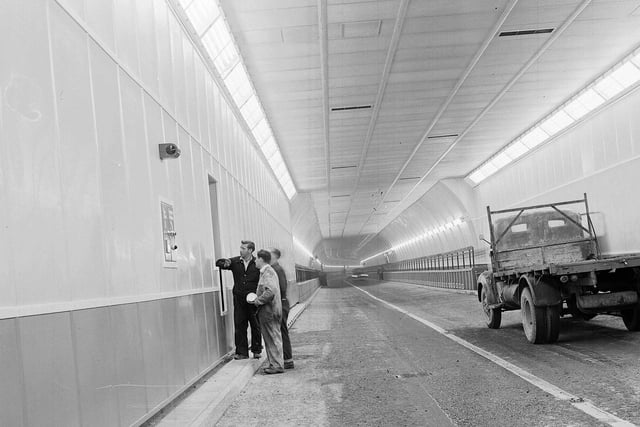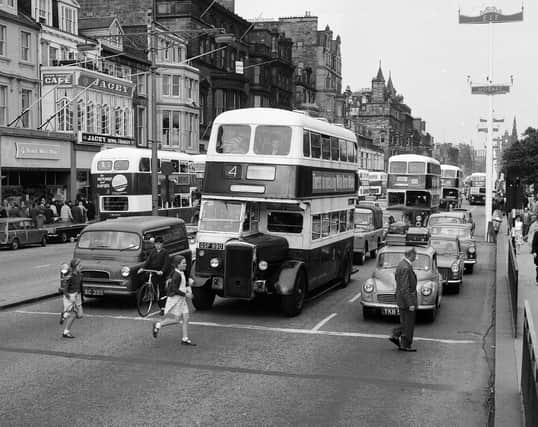Passenger air travel was soaring towards its golden age, with more and more Scots taking to the skies for trips "doon the watter" of the Costa del Sol as opposed to the likes of the Firth of Clyde.
New airports were being built to meet demand. In 1966, the new Glasgow International at Abbotsinch took over from the much smaller Renfrew Airport, with the latter's striking art deco terminal building consigned to history. Prestwick Airport and Edinburgh's Turnhouse Airport, meanwhile, were undergoing multi-million pound revamps and expansions.
While not quite on the way out, Scotland's railways were suddenly viewed as bloated, outdated and in dire need of a major shake up.
In 1963, Dr Richard Beeching's report on the viability of Britain's railways resulted in hundreds of stations and more than 600 miles of lines being axed across Scotland. The deck chairs weren't so much rearranged, as obliterated.
Among Beeching's most notable Scottish cuts was the axing of the 98-mile Waverley Route, which connected Edinburgh and Carlisle.
As a result, the Scottish Borders became the only region in the UK to be left without a rail service. The loss of lines was most keenly felt in Hawick, where the nearest station was now located more than 40 miles away.
Rail travel was also on the way out on Scotland's streets, as trams made way for the more flexible bus. Glasgow waved farewell to its "caurs" in 1962, following in the footsteps of Edinburgh, which lost its trams six years earlier.
Motor-driven road travel was now taking centre stage and this certainly showed, as the number of registered vehicles in Scotland shot up towards the million mark by the end of the decade.
Capitalising on this clear trend, the nation turned its talents to car production, which arrived most notably in the early 1960s with the advent of the Hillman Imp.
Manufactured by the Rootes Group at Linwood near Glasgow, the diminutive Imp was a response to the small-car boom caused by the Suez oil crisis which saw petrol prices hit the sky.
While Linwood would oversee the production of more than 400,000 cars over the next decade, the car maker was not without its problems.
Industrial disputes at Linwood were not uncommon. In 1964 alone, the factory witnessed 31 stoppages which greatly hampered production, while core product the Hillman Imp iwould develop a reputation for unreliability.
Nevertheless, Scotland was well on the road to becoming a nation of automobile users.
Reflecting the rise in car ownership, multi-storey car parks were being built to accommodate the growing number of vehicles in our town centres, while radical plans to create a car-friendly Glasgow came in the shape of the city's inner ring road plan, which got underway in 1965. Accompanying this was the M8 motorway which would go on to connect Scotland's two largest cities in phases over the next few years.
Grand engineering projects such as the Forth Road Bridge and Tay Bridge were appeasing car owners in the east of the country. Motorists were less pleased at being faced with toll charges to cross them, however.
Unfortunately, a sharp increase in car traffic also meant a rise in the number of serious road accidents. More people than ever before were being killed or seriously injured on Scotland's roads.
Road safety campaigns were launched, while in 1967 the 70mph speed limit and breathalyser tests were made available.
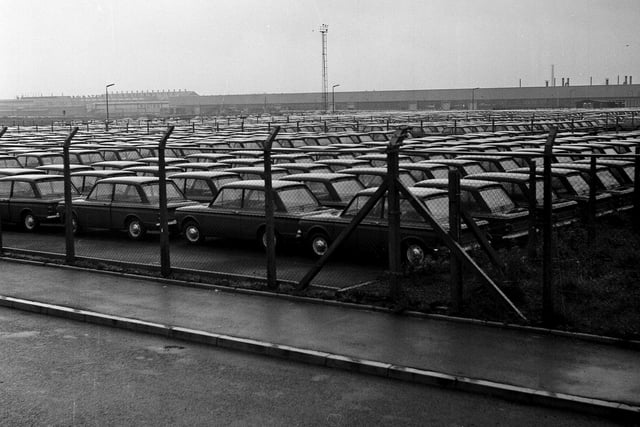
1. Imps ready to roll
The new Hillman Imp outside the Rootes Factory at Linwood in Paisley - the car was launched in May 1963. Photo: Unknown
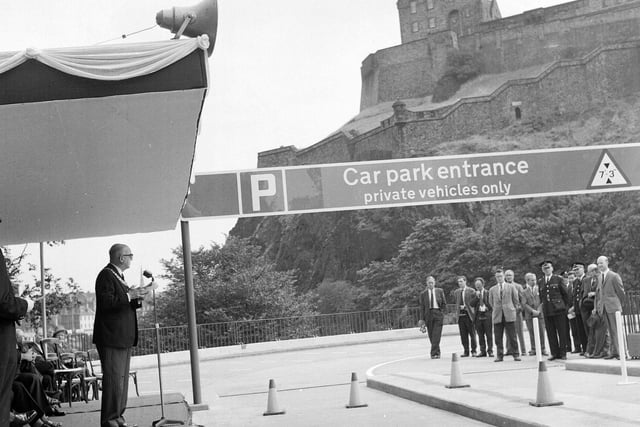
2. Castle Terrace car park
Lord Provost Duncan M Weatherstone inaugurated the completed part of Edinburgh's Castle Terrace car park in 1965. Photo: Unknown
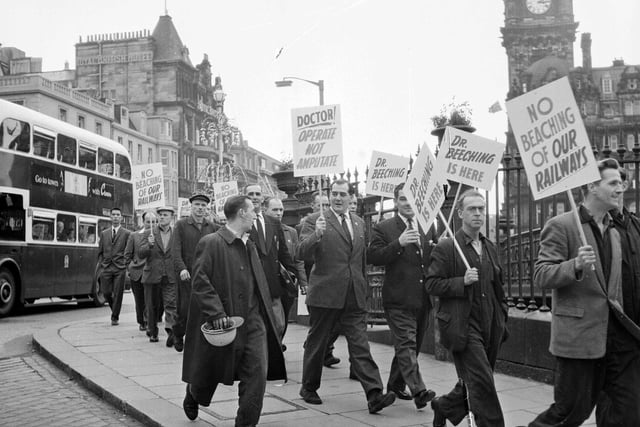
3. 'Doctor: Operate not Amputate!'
Dr Beeching demonstration - Demonstrators march down Waverley Bridge with slogans ontheir way to meet Dr Beeching - Railway. Protesting against rail cuts. Photo: Unknown
